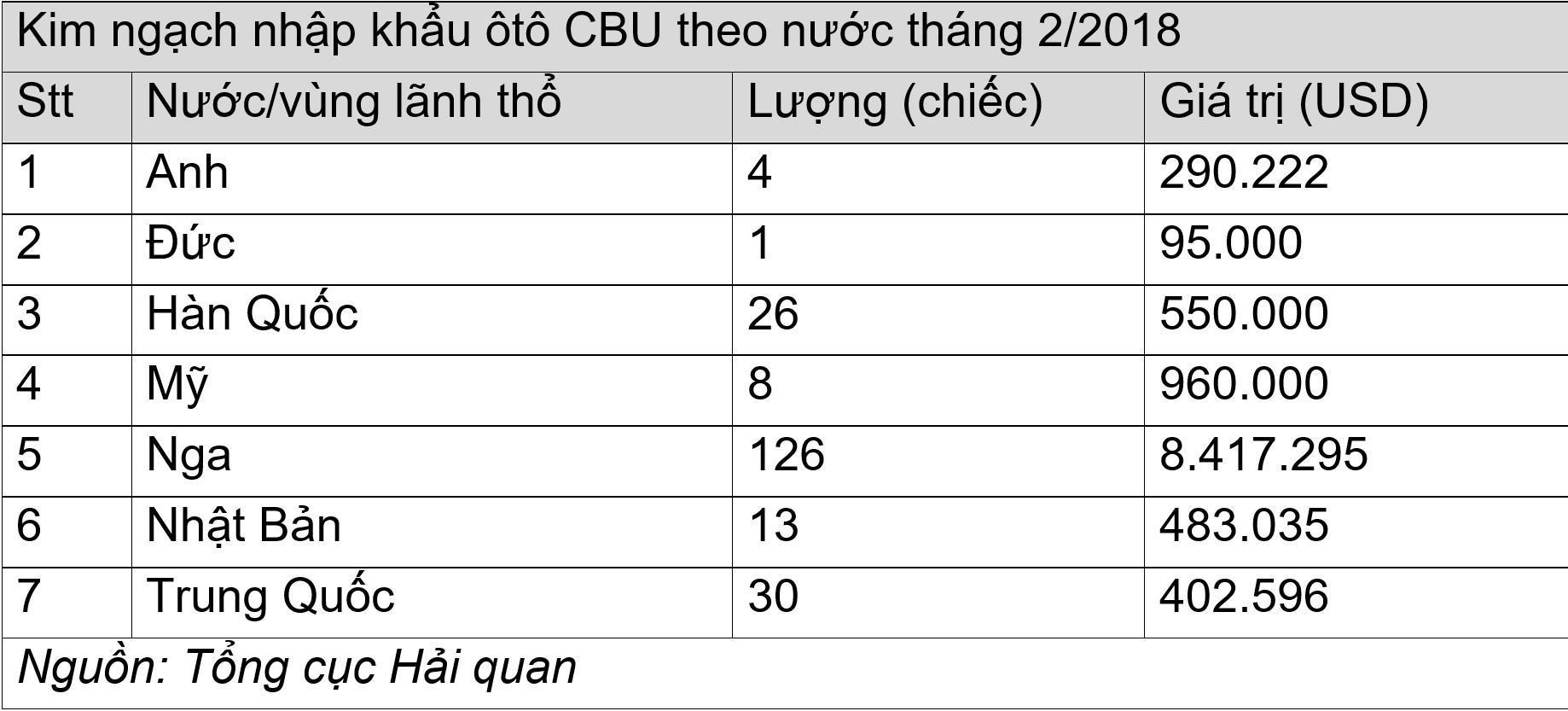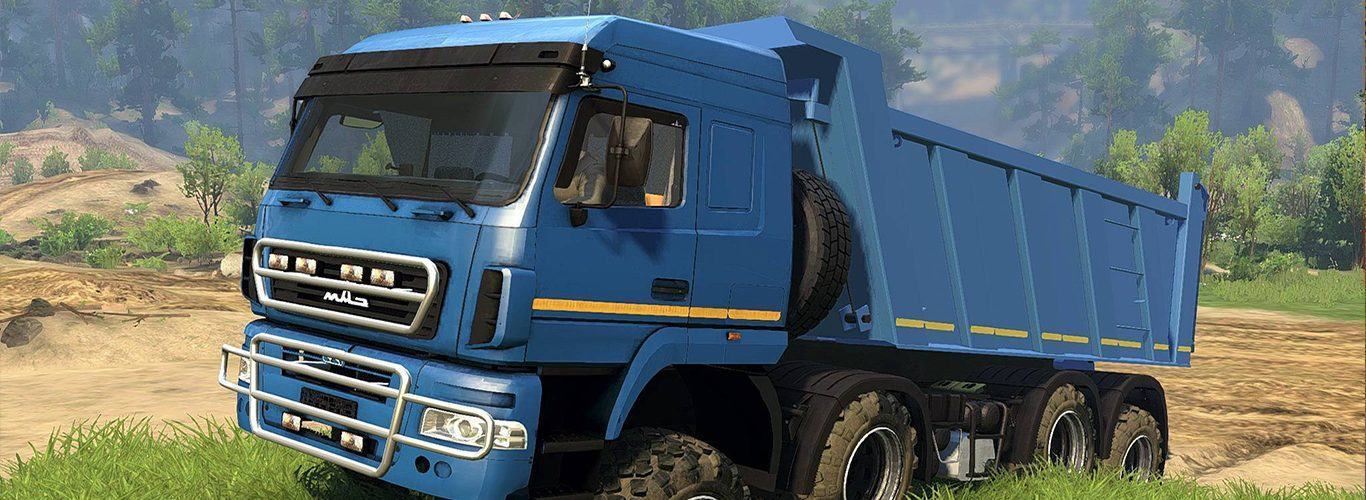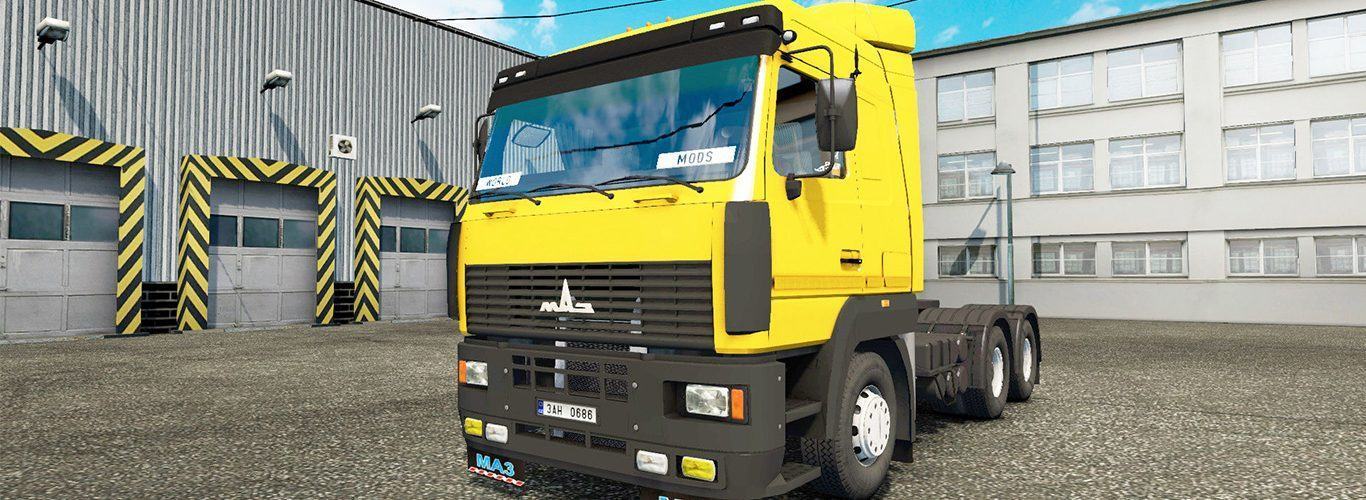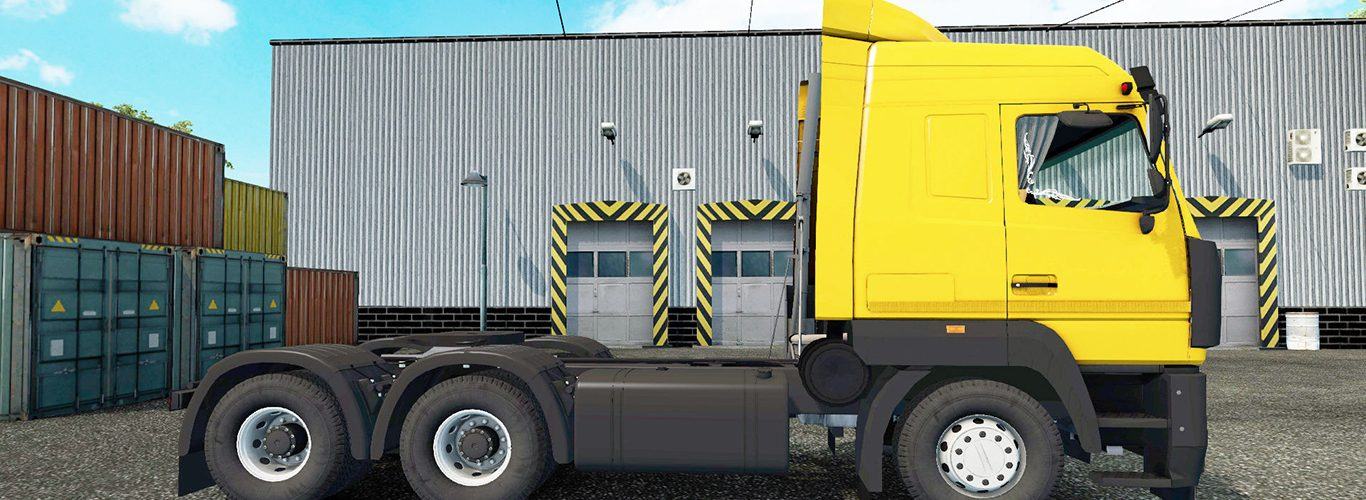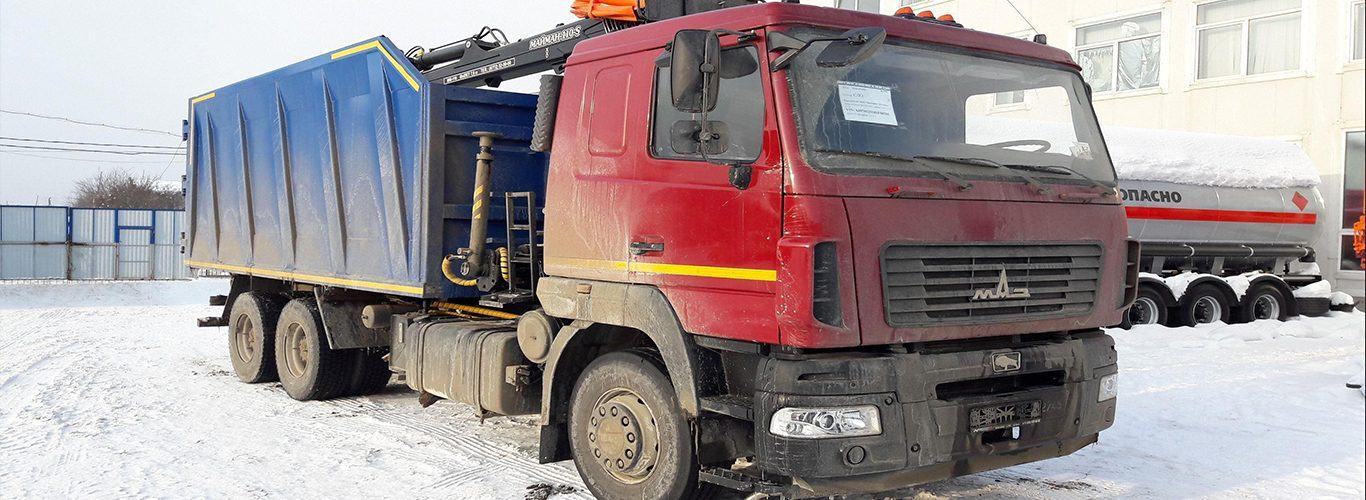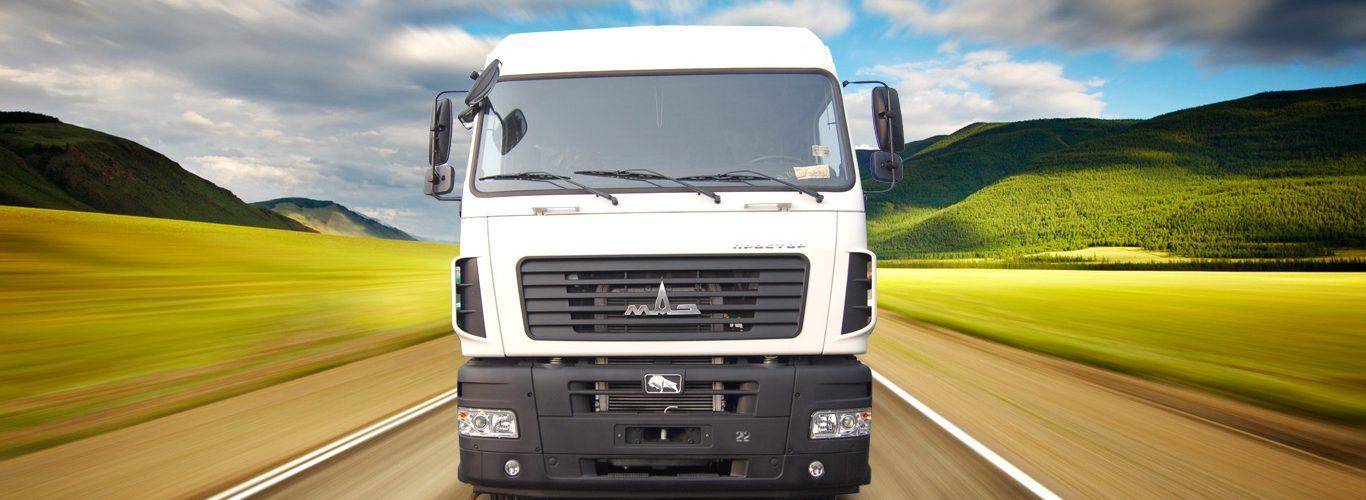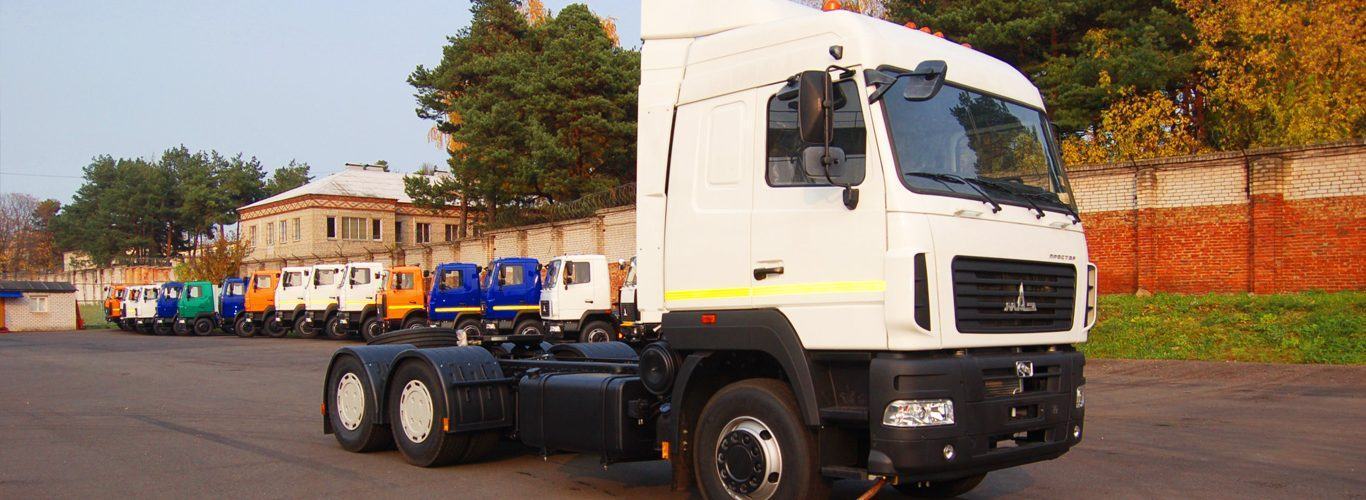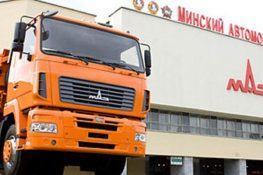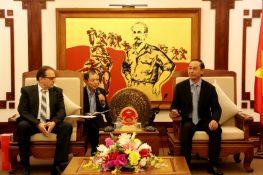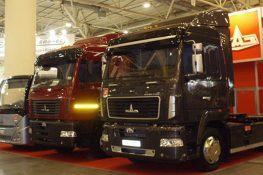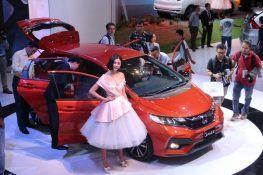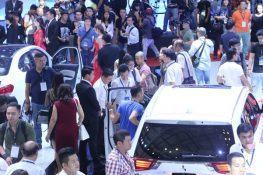A report from the General Department of Customs said that in February, there were no cars built in ASEAN countries.
If you look only at the numbers, this is a strange phenomenon. In the past two years, CBUs from South East Asian countries have consistently risen to dominate the CBU auto market in terms of volume.
However, the silence of automobiles originating in ASEAN in February 2018 is completely understandable in the present context.
As of 1 January 2020, Decree 116 of the Government comes into effect. According to Decree 116 and Circular 03 of the Ministry of Transport guiding the implementation of Decree 116, in order to be able to import CBU cars, enterprises must meet all the procedures and requirements on factory infrastructure, In particular, the most important is the regulations on type-VTA.
VTA is a difficult barrier for automobile importers, similar to the requirement to have genuine authorization from foreign automobile manufacturers in accordance with Circular 20 of the Ministry of Industry and Trade.
After the entry into force of Decree 116, many automobile companies, mainly importers of cars from ASEAN countries, have repeatedly “complained” about the difficulties faced.
Meanwhile, some other businesses seem calm. Most of this group is imported from Europe such as BMW, Volkswagen or MINI. They say that they can meet the requirements of Decree 116, except for difficulties. from random inspection rules for each imported vehicle lot.
This is also the reason for the fact that cars imported from outside ASEAN are still in the country in February, 1818 despite the limited number, while cars with ASEAN origin completely absent.
From another point of view, the phenomenon of absentee ball cars imported ASEAN in February 2018 is said to be the silence necessary to prepare for a rushing mass.
Currently, many businesses have said that they have completed procedures to import cars from Thailand and procedures to import cars from Indonesia will also be accepted in the future. Expected to start in April 2018, CBU cars of ASEAN origin will be pouring into the Vietnamese market. Earlier, in early March, 1818, Honda has “opened” early for the landing of ASEAN cars in more than 2,000 batches of imports at 0% tax.
The report of the General Department of Customs also shows another strange phenomenon. This is in addition to the silence of cars originated in Thailand and Indonesia, February 2018 also saw the absence of cars imported from some countries like India, Canada and France. Previously, Vietnam imported CBU cars from 12 countries and territories. In February 2018, the list was reduced to 7 countries and territories.
